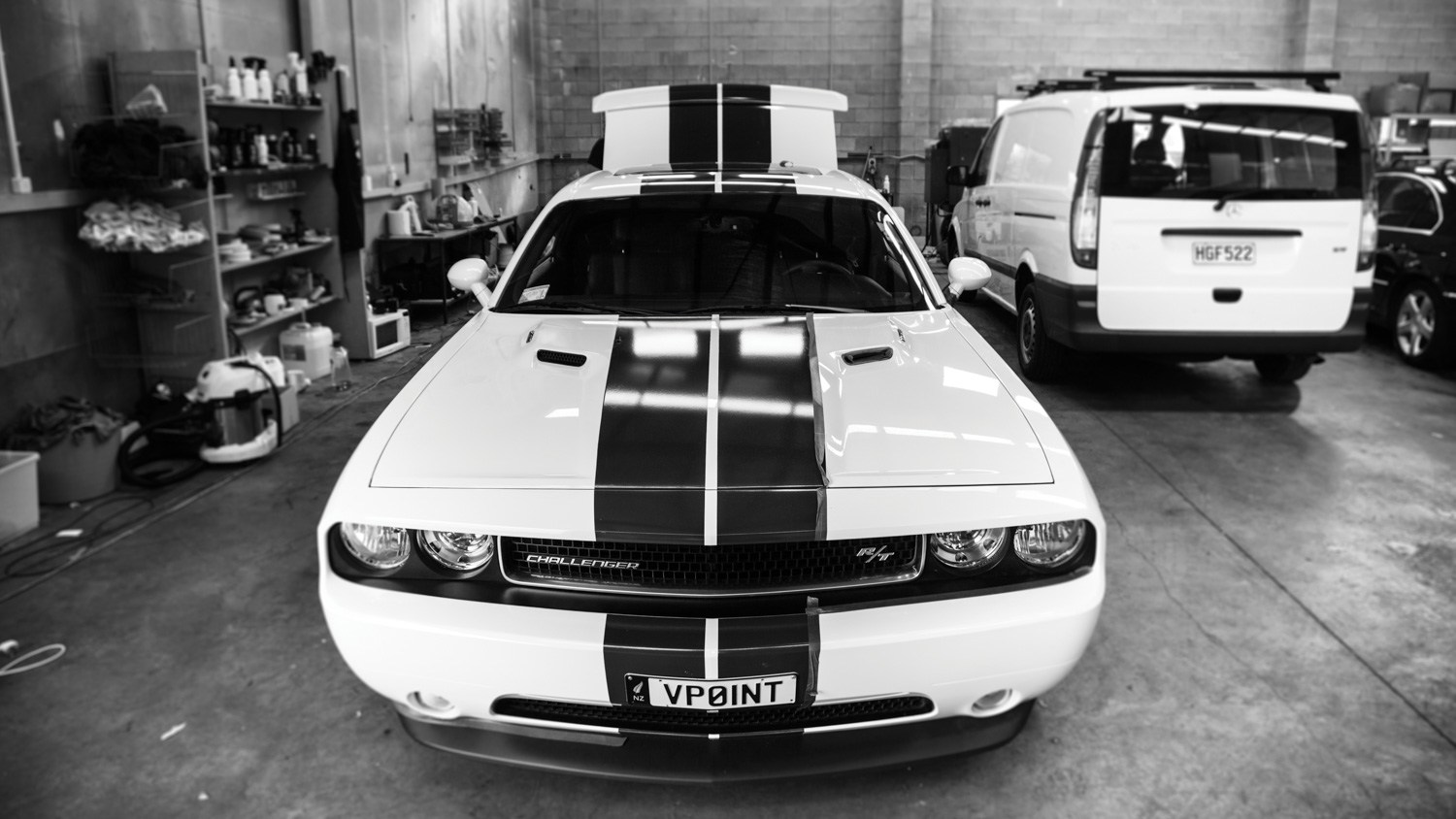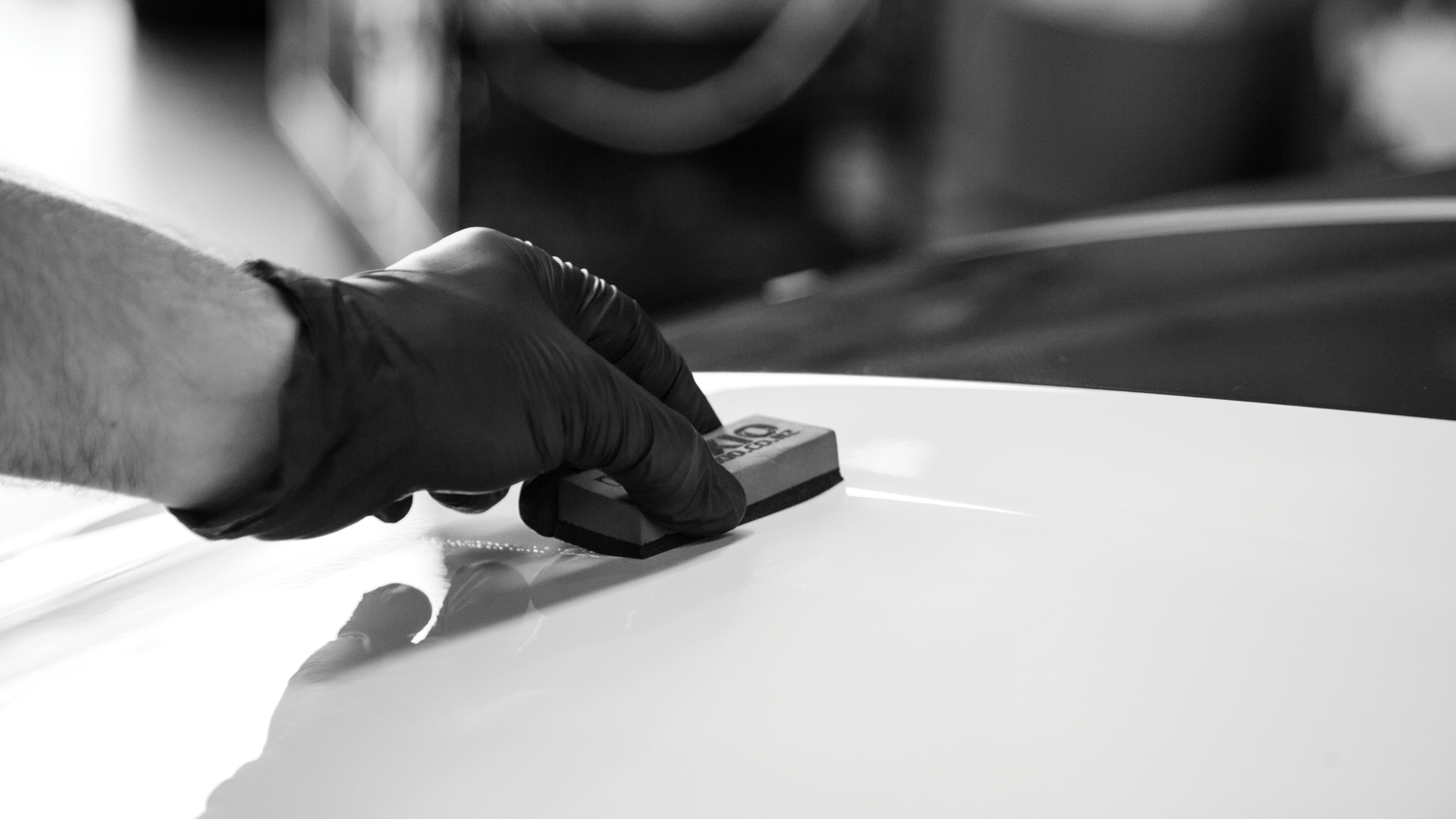The first thing anyone notices on our cars is the paint and its condition. Which isn’t always good, as in New Zealand it takes a hammering.
Not only are our weather conditions fickle at the best of times, but sun, rain, dust, and all sorts of other abrasive elements take their toll. That’s most evident with cars produced by northern-hemisphere manufacturers after they’ve been driving here for a few years, under our notoriously harsh sun.
Luckily then that applying a surface protectant to your vehicle can not only make washing it a hell of a lot easier, it is also a long term, cost-effective solution to avoid replacing that paintwork sooner than you’d like.
This applies whether your car is a brand-new fresh-off-the-dealer’s-lot purchase, something that has seen a few years of use, or is a freshly painted and restored classic — whatever your car’s history, a protective coating is the way to go. Traditional waxes and solutions can wear off quickly during simple washing routines, which will lead to early damage, but a nano coating layer provides consistent hydrophobic properties and adds a level of scratch resistancy to protect clear coat. One company offering this coating is Luxxio — founded by three local gents who wanted to offer an effective, affordable car-care option without the false sales pitches that plague the industry.
We sat down with Luxxio’s Kris Kollen to find out how the process of nano coating a vehicle works.

Assess the situation
This is one of the most crucial steps in the process. As Kris explains, “It’s important for us to understand the client’s expectations and work together to develop a result that they will be happy with. Nano coating is not a deep scratch and damage fixer, although it will certainly help reduce their appearance, and we try to educate the client as to the best solution for their vehicle’s condition, at the best possible cost to them.”

First clean
In the practical stage of the process, the first step is to clean the vehicle thoroughly. For Luxxio this process involves using its own line of cleaning products to remove any and all contaminants which may cause damage to the paint’s surface during the following step. A clay cloth will be used to further decontaminate the vehicle, and remove any smaller traces of dust and dirt.

Cut and polish
The most time-intensive portion of the process, cutting and polishing is the groundwork for the final result, and plays a pivotal role in achieving a quality finish. The team at Luxxio uses fresh pads to ensure that the contact surface is free of abrasive contaminants, and conducts a spot test to see how the paint surface reacts to the work. This is important, as paint quality varies between different manufacturers, model ranges and manufacture years. Paint surfaces can range from very hard — as you’ll find it on some European vehicles, which are therefore much harder to buff — to very soft, such as you’ll find on some Japanese vehicles, which scratch more easily.
The condition of the surface upon arrival and the type of surface presented will determine the approach. For more scratched and/or harder paint, a rotary polisher will be used, a Rupes dual action polisher will be used for a better finish on less scratched and/or softer paint. This process cuts the surface of the clear back to a desired level in order to remove scratches and oxidation (the beginning stages of paint fade and clear coat peel), and will bring the paint back to its best possible condition, before it undergoes another cleaning stage.
Second clean
The surface is cleaned once again to remove any residue from the compounds that have been applied during the cut and polish stage, this time using a cleaner which targets the polish directly and dissolves it ready to be wiped away — it is imperative this is done with a brand-new cloth to avoid further scratching, as the surface’s now high shine is especially vulnerable. It’s then given a conventional wash, without shampoo or cleaners, to further rinse away contaminants before remaining water residue is removed with a compressed airline.

Nano application and buffing
Two trained professionals apply the coating. The first will section the desired area into manageable portions to create an even coating — attacking the surface in smaller portions means the nano coating can be applied evenly, to create a smoother surface to ensure maximum hydrophobic ability. The coating is slowly applied in even strokes, covering the entirety of the selected portion with a specialized sponge and cloth. It is important at this step that a trained professional, like the Luxxio team, conduct the application, as if applied incorrectly the result will be harder to buff and you may end up with a hazed surface. To further prevent this from happening as the product dries, the buffing process is conducted simultaneously by the other trained professional who buffs with one special microfibre cloth, and wipes away with another. Depending on what was decided with the client at the assessing stage, an additional layer may be applied for a two-layer protection. This simply repeats the process over the first layer. Most vehicles will only have one layer applied, but for the best possible finish and protection, Luxxio recommends two layers.

Ongoing care
To ensure that the coating has set correctly, the vehicle should be stored in a sheltered area and kept away from water for a minimum of 24 hours — it is recommended that the vehicle be stored in a sheltered environment when not in use during the first 21 days to aid the drying and hardening process. Within the first seven days it is crucial that the surface is not washed, after this period light washing without chemicals can be conducted. Once 21 days has passed, the nano coating has had enough time to fully set and harden.
From here, your vehicle can be easily cleaned using pressurized water, as any contaminant will wash off the surface via the water running along it. However, for mud and thick dust it is recommended to use a pH-neutral shampoo as an extra lubricant.
While many brands lock you into their own products for warranty purposes, Luxxio says that any shampoo is fine, as long as it meets the suitable pH levels (12–4pH, with pure water being pH7). They recommend washing the vehicle at least once a month to prolong the life of the coating. By using the provided Speedy Coating Maintenance Kit you will add an extra protective film that includes UV protection, hyper water repellency, and shine.


